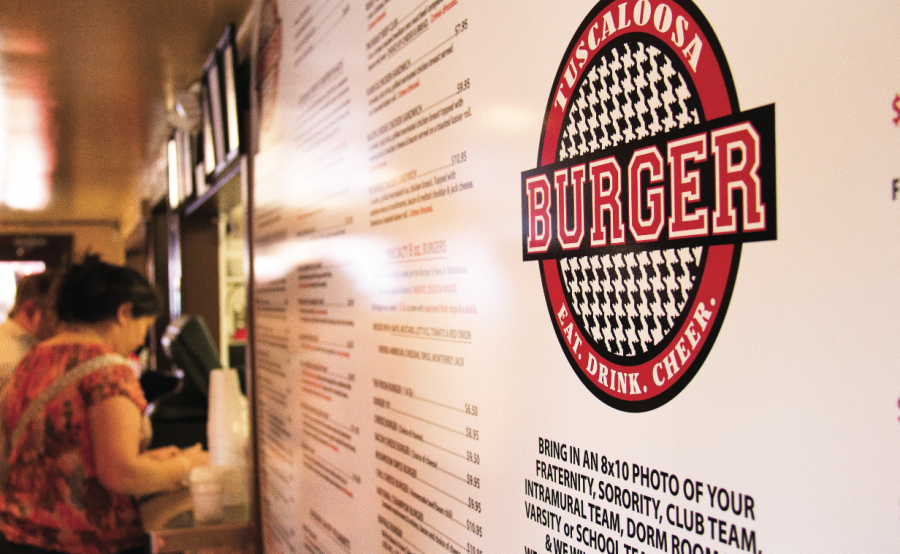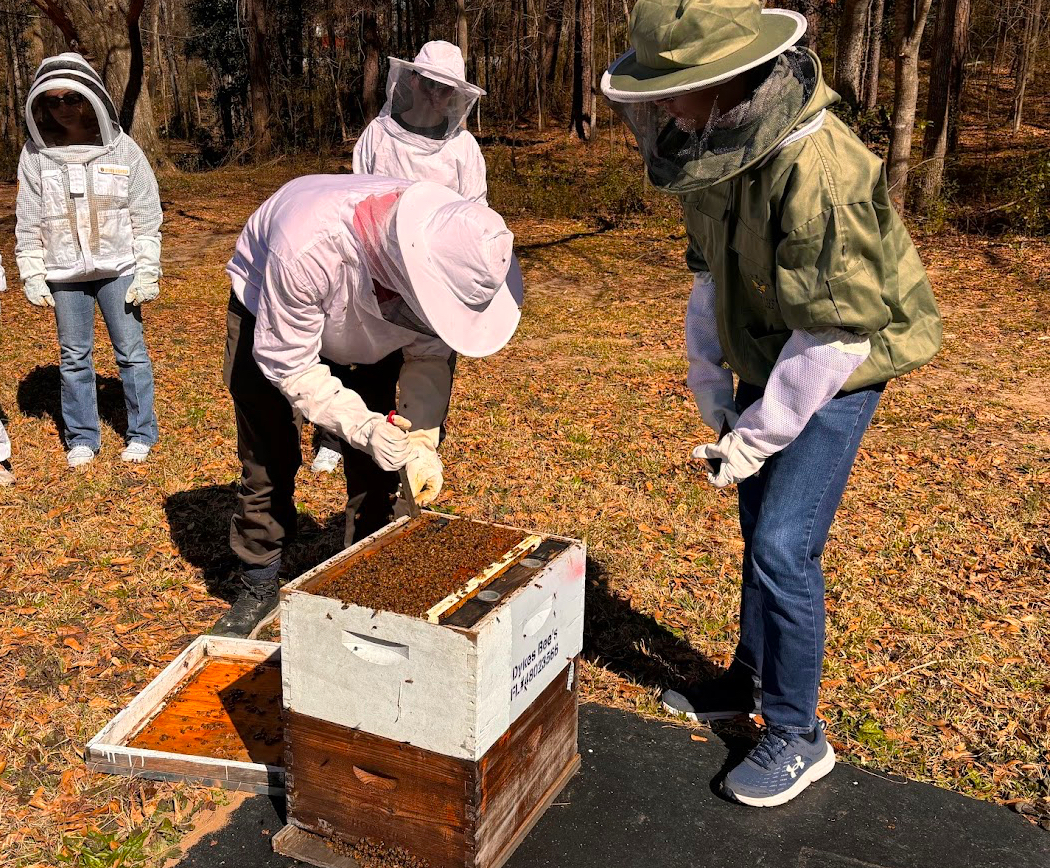From its beginning in 1948, the W. S. Hoole Special Collections Library has been home to thousands of books, manuscripts photos and more, dating back as far as the 15th century.
Many other collections, each with an independent focus, also contribute to the history archived at the University of Alabama. Two of the main collections contribute to the archiving of Southern and Alabama history: the W.S. Hoole Collection and the A.S. Williams Collection.
“The W.S. Hoole Collection and the A.S. Williams Collection are similar in that both support the study of Southern history and culture,” associate dean for special collections Mary Paluzzi said.
The A.S. Williams Collection took root in Amelia Gayle Gorgas library in 2010, after being donated to University of Alabama Libraries. More than 20,000 pamphlets and transcripts from the late 17th century to 2009 comprise to the collection.
“The Williams Collection developed as the private collection of Mr. A. S. Williams III and as such is a more focused collection with strength in studies on U.S. Presidents and the Civil War studies including both Union and Confederate resources,” Paluzzi said.
While the Williams Collection focuses specifically on southern history, Hoole Special Collections has a wide variety of less concentrated material.
“Over 75 years, the Hoole Collection has evolved to support a broader range of subjects with strength in Alabama including books, diaries, manuscripts and maps detailing the history, culture and lives of Alabamians,” Paluzzi said.
With the upkeep of such historical documents comes stricter rules for users. In addition to the standard food and drink ban, no ink pens are allowed inside. Only pencils may be brought near the items and used for notes or observations.
“We also go and get things for you, rather than having you browse the shelves,” said Jessica Lacher-Feldman, W.S. Hoole Special Collections Curator of Rare Books and Special Collections.
To further prevent damage and wear, Special Collections keeps items in acid-free boxes and stores them in a climate-controlled area accessible only to staff.
“Our stacks area is secure and climate controlled, and is an environment that is meant to keep rare materials safe, secure and away from environmental factors that can harm them,” Lacher-Feldman said.
While Special Collections takes extensive measures to protect historical items, the collection itself is still open to public viewing. Whether for scholastic purposes or personal curiosity, the items kept safe within Special Collections are available with the aid of the staff.
“The books are accessible to the public and students, faculty and staff who are always welcome in Special Collections,” Lacher-Feldman said.
With thousands of texts, pictures, manuscripts, newspapers and more available, Hoole Special Collections has become a key part of the University of Alabama Libraries, as well as Alabama’s history.
“Special Collections allows us to look into the lives of those who came before us and begin to understand what their world was like,” Lacher-Feldman said.
For more information on W. S. Hoole Special Collections and the collections within the UA libraries, visit www.lib.ua.edu or visit W. S. Hoole Special Collections on the second floor of Mary Harmon Bryant Hall.
Leading in today’s Crimson White:
Gutierrez likely to miss next gymnastics meet









